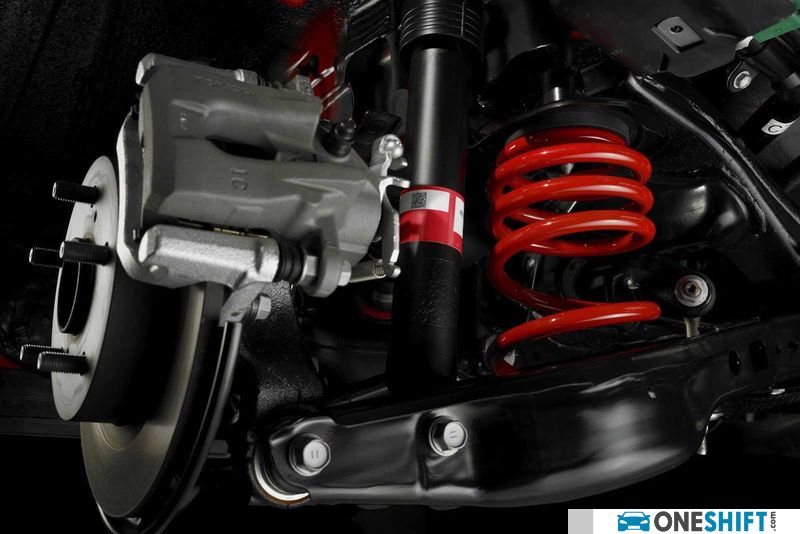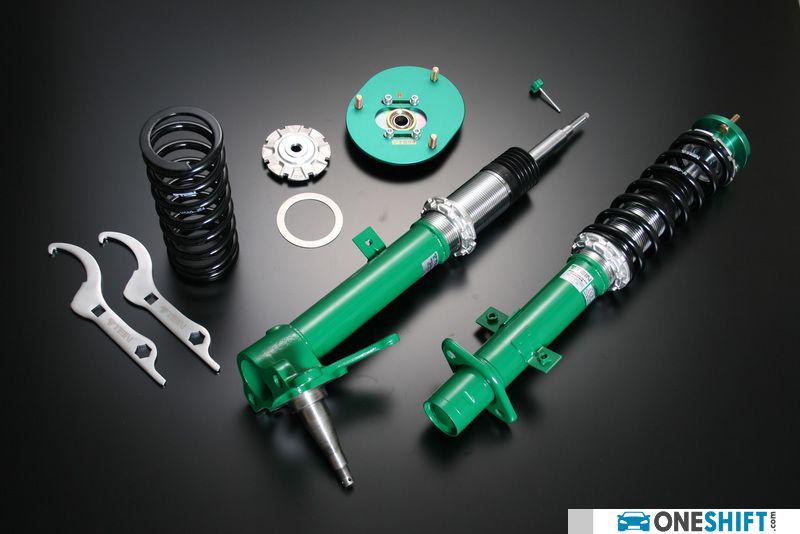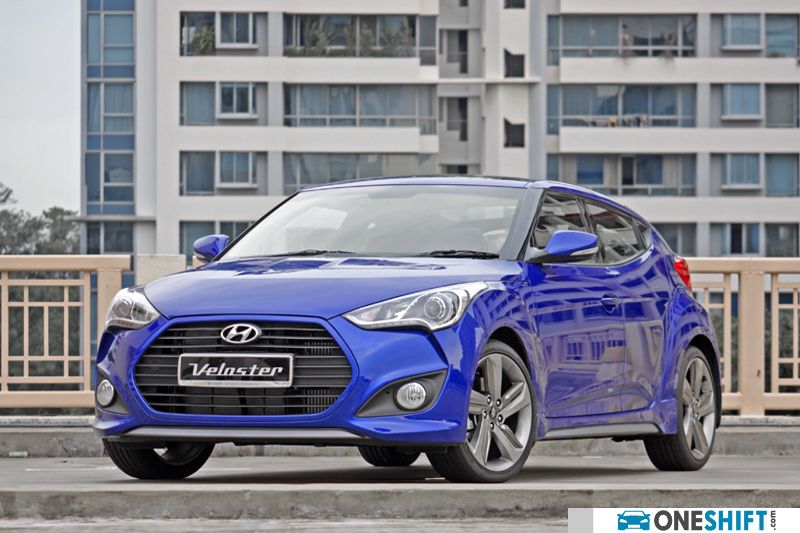Lowering Your Car Properly
There are different motivations behind a desire to reduce the amount of vertical real estate between the top of your wheel and the bottom of your arches. Some car owners are after a cosmetic improvement, as lowered cars on some quality aftermarket wheels can look drastically different, and subjectively better, than at stock ride height with some stock wheels. Others though, are chasing improvements to the driving experience in their pursuit for more lowness, as stiffer and better handling suspension setups tend to naturally drop the vehicle anyways.

There are different motivations behind a desire to reduce the amount of vertical real estate between the top of your wheel and the bottom of your arches. Some car owners are after a cosmetic improvement, as lowered cars on some quality aftermarket wheels can look drastically different, and subjectively better, than at stock ride height with some stock wheels.
Others though, are chasing improvements to the driving experience in their pursuit for more lowness, as stiffer and better handling suspension setups tend to naturally drop the vehicle anyways. There are as many ways to lower your car as there are possible motivations behind wanting to do it in the first place. Take a little gander online, and you'd be bombarded with a seemingly endless list of aftermarket manufacturers, all promising that lowered look, but drastically differing price points. What are the differences, and which is the correct solution for you?
We can all agree that taking an angle grinder to your stock springs is probably the worst method of achieving a reduction in ride height, and like all reputable automotive publications, we'd strongly urge you to not explore this method of slamming your daily.
A coil or two is unceremoniously purged from each corner of your vehicle for that lowered aesthetic. This means that the spring will no longer be properly seated within the shock itself, potentially causing premature wear to your strut from all the extra play in your suspension. The additional slack that you've introduced in your suspension system also means less predictable handling, as the components can no longer function as intended by the manufacturer, making for a sketchy drive especially if you'd like to take it on the odd track day.

These probably came straight from out of the SEMA and Tokyo Auto Salon scenes of the mid-naughties, though their versatility from on-the-fly ride height adjustments mean an increasing number of OEMs choosing to adopt this as standard equipment.
Aftermarket airbag systems aren't typically designed for performance driving. Instead of employing the services of a coil spring, ride height is controlled by a pressurised rubber cylinder. The more pressure it holds, the stiffer and higher your car rides, and vice versa. These systems have the ability to dump all the pressure out of the shocks, allowing your car to literally sit on the ground.
Aside from its functional bias to aesthetics only, other drawbacks include the need to run additional power and wiring to feed the air compressor and tank, and also a reduction in boot space as these systems need to live somewhere!

These are a massive step up from just hacking your spring to pieces. Lowering springs replace the ones fitted to your car from the factory, whilst still maintaining the original tolerances and geometry of the factory setup.
These springs may be similar in height to a cut set, but they've been engineered to properly work with your factory components, so you'll still maintain all of your car's handling characteristics, but with more low-ness. Don't expect a drastic change in handling though - they may offer a marginal improvement, though the higher quality springs tend to exaggerate the weaknesses of your OEM struts!

The undisputed big daddy of car lowering. Coilovers are designed to completely replace your original spring and strut setup. Depending on the brand and the pricetag, these come feature-packed, offering you the same adjustability as what a racing team is afforded.
These often have built-in height adjustment (further spring compression can be achieved if you so desire), and you can then compensate for the extra stiffness by adjusting damping and rebound settings if needed. Coilovers do not offer the best compliance but are far superior in the handling department.
There are many reasons as to why you would want to lower your vehicle. Cars generally look better when sensibly lowered, though the benefits of having less vertical real estate between your tyre and your wheel arches can actually go far beyond that. Should you invest in the correct parts, your vehicle will be better able to resist body roll in the corners, without introducing a bunch of wheel hop from an overly-stiff suspension setup.

Also, if you do decide to purchase a used car, (do check out our classifieds for new listings daily!) it may not be unwise to swap out the tired OEM suspension setup for a higher-quality aftermarket system. The older your vehicle is, the more aftermarket solutions you tend to have, so do shop around to find something that fits both your needs and your budget! Perhaps you could even snag a set off our Car Accessories section of our app!
Credits: Jek Ray Low


Get the Best Price for your used car
from 500+ dealers in 24 hours

- Convenient and Hassle-Free
- Consumer Protection
Transparent Process
With No Obligation








